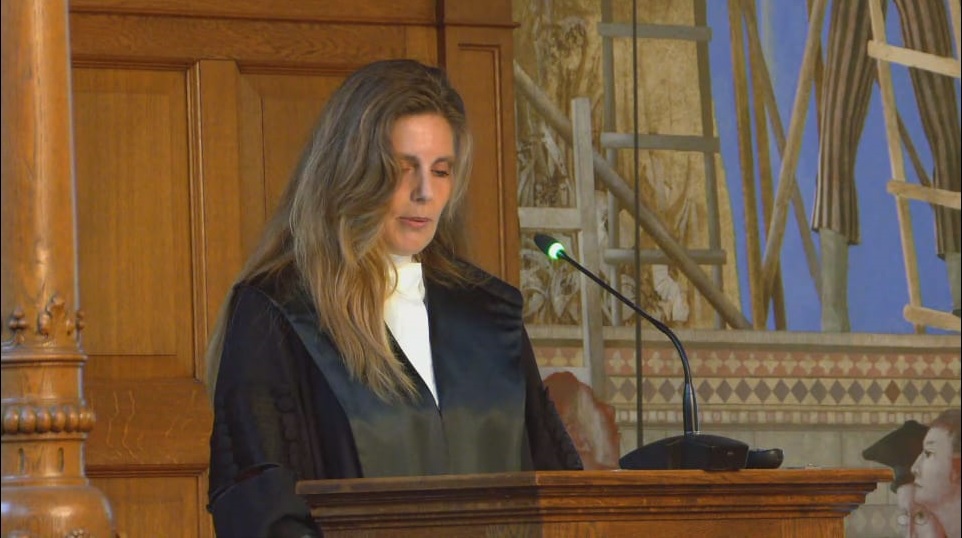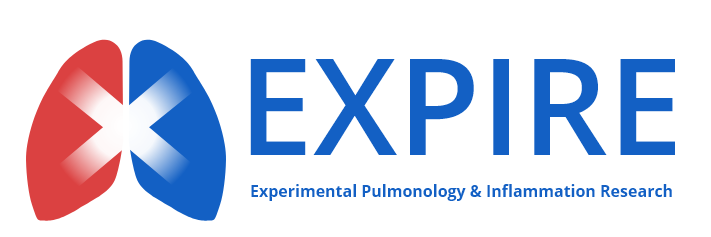On 6 October 2023 Professor Irene Heijink gave her inaugural lecture titled: “Let’s Keep in Touch: Strong Cell-cell Contacts for Healthy Lungs” in de academic building of the Rijksuniversiteit Groningen.
Lung diseases are a major social problem. Diseases such as asthma and COPD are common and have a major impact on quality of life. In fact, COPD is currently the third box cause worldwide. Lung diseases are often only detected at a late stage when there is already significant damage that is no longer treatable. In particular, damage to the lining layer of the airways and lungs (the epithelium – involved in immune processes) with loss of mutual contact between cells in this layer is currently seen as a crucial part of disease processes. Irene Heijink discovered that an important directing role is played by the damaged epithelium in the derailed inflammatory response in the lungs of asthma and COPD patients. In her Chair in Cellular and Molecular Lung Pathology, Heijink aims to develop new strategies to repair the epithelial barrier in lung diseases and thereby stop or even reverse the disease process. In doing so, she uses advanced culture models (such as lab-on-chip), which she is developing within a large national collaboration to detect lung damage earlier and find new leads for treatment. She is also developing a new strategy in collaboration with the University of Twente, using an innovative technology, to better treat damage deep in the lungs and possibly even achieve tissue repair.
Prof Irene Heijink (1975) and her team study the mechanisms underlying lung tissue damage in various lung diseases, such as asthma, COPD and pulmonary fibrosis She does this in close collaboration with the clinic, using culture models with cells derived from patients. Heijink directs the Experimental Lung Diseases Lab (EXPIRE) and is currently programme leader of the Groningen Research Institute for COPD (GRIAC), a multidisciplinary and translational research institute in which close collaboration takes place between basic and clinical scientists.
A PDF with the text of the lecture can be downloaded here

